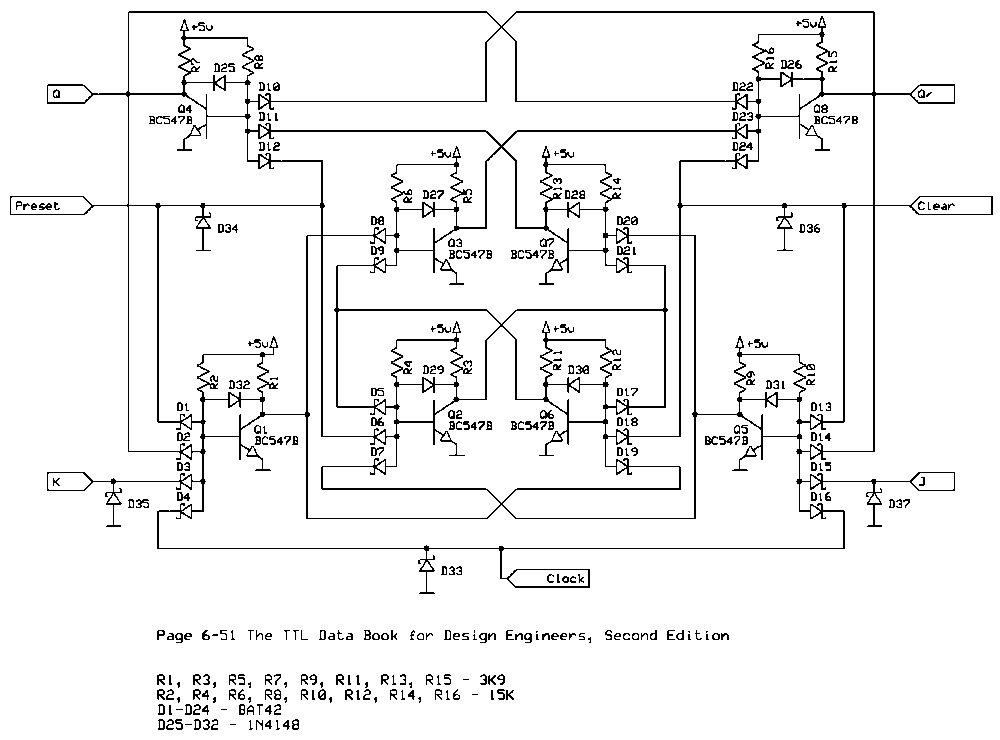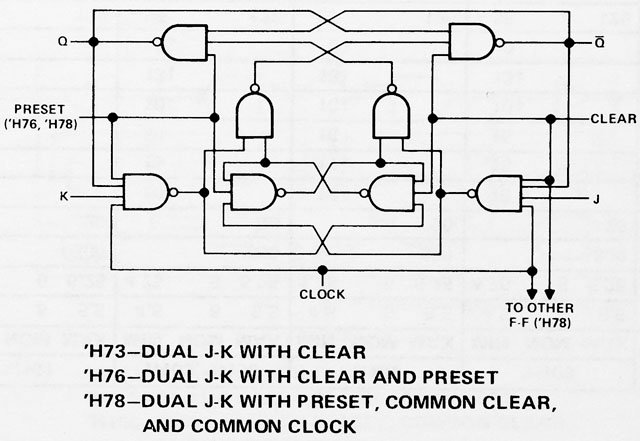okay major advances made on the discrete transistor computer
turns out the DTL logic NAND i have been relying on for years is seriously flawed
ummm... i recorded videos of everything in simulation with a 500 mHz clock (nice and slow)
not sure where the best place to organise everything for releasing all this is, probably my hackaday
phase #1
the tl;dr is that the 'traditional' NAND most hackers seem to have been basing their computers on is seriously flawed, and we'll get into why in the next post
for now, compare and contrast:
(A) the traditional DTL NAND; (B) the modified one that replaces an implied steering diode between the diode logic and the transistor amplifier; (C) the TTL ('DTL') NAND of the famous digital electronics hacker dieter, which uses two transistors in place of the diode logic in the traditional.
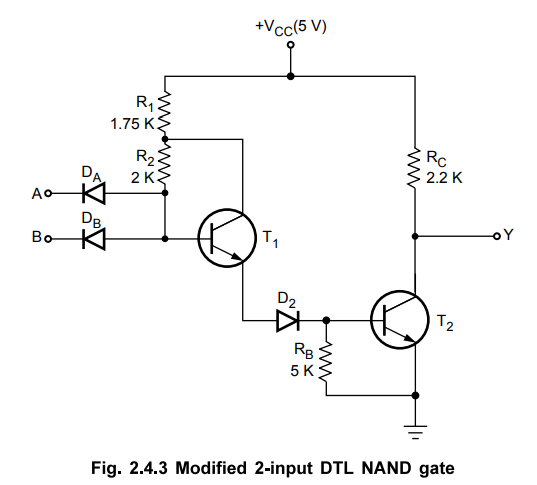
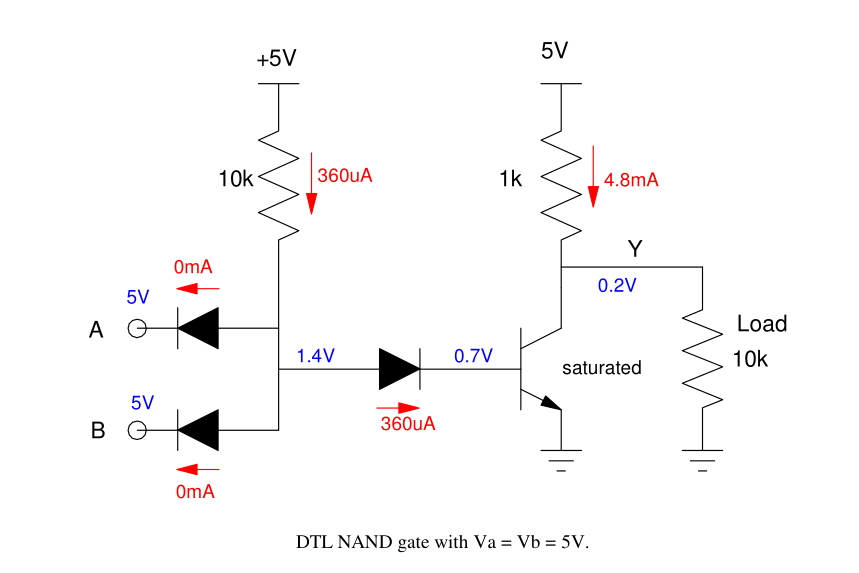
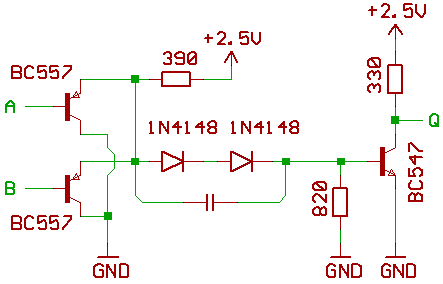
re: phase #1
okay turns out i made a huge mistake, the traditional DTL NAND does work, i was somehow systematically inputting it incorrectly into the computer..
- replies
- 1
- announces
- 0
- likes
- 2
phase #2
here is:
(A) a single traditional DTL NAND illustrating operation @ 500 mHz
(B) a traditional NAND driving a NOT gate @ 500 mHz
if you want i can step you through the electrical characteristics of the circuit but the animations are fairly self-explanatory
phase #3
from this modularity you are able to do this:
(A) a JK flip flop illustrating operation in toggle mode (effectively operating as a frequency divider)
(B) same circuit as above but operation @ 1kHz
(C) a digital logic gate schematic illustrating a JK flip flop (note preset and clear must be held HIGH for normal operation)
(D) that same logic gate schematic implemented in traditional DTL NANDs
